Blue beauty, or a spruce "glauco", came to us from distant North America, where she mainly produced in the high mountains at a height of several thousand meters. In Russia, it was introduced in 1858 in one of the botanical gardens and today became the favorite of all exhibitions, it is also often used in landscape design. Frost resistant, not demanding to the soil, light-sounded - such an unpretentious plant can be planted almost in any corner of your site. This spruce conquered this spruce with a thick and dense crown, a noble tint and incredible beauty. Blue spruce can live 400 -500 years. Read more about what kinds exist and how to care for them, read further.
Spruce Spruce, Types and Description
Spruce spiny glauco has 3 main types, actually blue spruce and 2 of its dwarf varieties, which are called spruce glaucos and spruce glaucca:
Elo glaze
Picea Pungens Glauca. Refers to the family of pine, in height, an adult tree can reach 20-30 meters, the crown has a cone shape. The needles are distinguished by a special thoroughbly, in length can reach 3 centimeters, covered with a layer of wax flutter, which gives the needle unusual color. On average, for the year, the young escape can grow by 30 centimeters height and up to 15 width. The cones reach a length of 11 centimeters.
Spruce Glamor Globa
The dwarf kind of ate, which is characterized by very slow growth, so when buying, keep in mind that the height of the plant will be a little more than a meter somewhere in 20 years. Just as higher representatives of the spruce glaze, is not demanding of the soil, frost-resistant and will not give you special troubles. In the first years, we burn a young seedling from straight bright rays early in spring, and after the tree is growing, these measures will not need. On the form of a spruce glauca or Picea Pungens 'Glauca globosa' has a ball shape, and an adult plant, if it is not trimmed, the width will be more than in the height, the ratio of about 3 to 2. Do not forget about moderate watering in the summer, especially if Your Christmas tree is located on the sunny side.
Wood glaucie conic
Picea glauca f. Conica is also a reduced version of the big blue ate, the height of the adult plant can reach 4 meters, diameter 2 meters. This variety was brought from Canada, so you can also meet the name "Canadian Spruce". The needles are soft, in contrast to the main type. The average increase in the year will be only 3-4 centimeters. The glaucie conic is a teothelubilee plant, so highlight her the corner away from direct sunlight. The transplant to the ground is made from spring to late autumn. The young plant will better cover the winter and at the time of the first spring rays. The miniature view of the seedling often confuses, and many, having bought a small blue spruce in a pot, try to grow it at home. Unfortunately, this species requires low temperatures in winter and at home just will not survive.
Landing ate glauco
A spruce plant is a light-loving plant, but it will grow well in both shaded places, so choosing a place, oriented to the wealth of sunlight so that the soil is not constantly wet. Avoid landing in a possible area of \u200b\u200bflooding groundwater. If you want to protect the tree from possible flooding, then use drainage. To the soil, this kind is unpretentious, better if it is moisturized loam. Problems may occur only when landing into limestone. Replane young shoots in the spring, in April, so that they have enough time to grow to winter.
I dug the hole for a new tree, do not forget to add land from the coniferous forest to it, then the tree will come true faster, the roots will better absorb trace elements, since the soil brought will be rich in microcrises.
Wood glaucy, care
Like all ate, blue handsome is not demanding in care. The main rule is not to overflow and do not cut the ground. Overflow is terrible by rewarding the root system, and drought the lack of water for further development. In the summer, be sure to water the trees once a week. Glauca perfectly tolerate frosts even to -35 ºС. Do not forget about feeding plants once a year for the first few years, special compositions are commonly used for coniferous rocks.
Young seedlings for the first two years protect the hot spring sun rays, which can simply burn the needles, and also cover the beauty for the winter and additionally mulch peat.
Diseases and pests fir glasses
Spruce, which does not require frequent watering and processing, and simply pleases the owners with its natural beauty, still needs attention. Small pests can cause great damage and coagulate wood. The main problems that gardeners may encounter, it is:
- cobbled tick. The victims usually choose dwarf species of plants. If you have noticed a thin cage on the needles and yellow spots on the needles, then the tick has already begun on your plant. To cope with this problem, use acaricidal comprehensive preparations;
- stem pests. The characteristic feature of their presence is the formation of small holes on the tree bark and in its trunk. It is necessary to act immediately without delay, since small bugs can destroy a small tree. To get rid of the unintelligible guests, treat infected places insecticidal preparations.
- aphid. The failure is located on the lower branches and the tree cortex, to notice the green pests in size in 2 mm is sometimes difficult, so they are armed with a magnifying glass or glasses. It will help you to get rid of the tli, the soapy solution will help you to process infected places so that soap does not fall on the roots. Also remove damaged branches.
Possible diseases:
- Mushroom Rhizosphara Kalkhoffii.. The first bell is yellow needles at the end of summer, which over time they can have fun or become burgundy. Then the needle is poppy. Use systemic fungicides to combat fungus.
- MushroomKabatina.. This type of infection causes gradually withering the upper escapes, leading to a complete drying of the tree. For the struggle, multiple treatment with systemic fungicides is also used.
Fir glaasing in landscape design
Probably, you can name the spruce of glaucos one of the most popular plants in landscape design. The noble blue-green color of the needles, its dense structure and ease of care make it possible to use it in fact everywhere. Live hedges made from ate will create a pleasant shadow and separate one zone from the other. The plot will also advantageously look at both high and dwarf views of this long-term plant. The main thing is to take into account future growth so that they do not interfere with each other and did not create an additional shadow in the light-affiliated neighbors.
Glauing Globes in the form of blue balls will look great and on the lawn and along the driveway. You can also easily plant dwarf trees on separate vases and change their location. The shape of the ball will have to be maintained, but since the fir grows very slowly, it will be necessary to do it often.
You can easily meet the blue spruce in the city center, even city parks and arborets are decorated with glaucos firings, because the plant is steadily for urban pollution.
Wood glauca, photo
Blue fir does not change its needles, so in winter, and in the summer it looks equally beautiful.

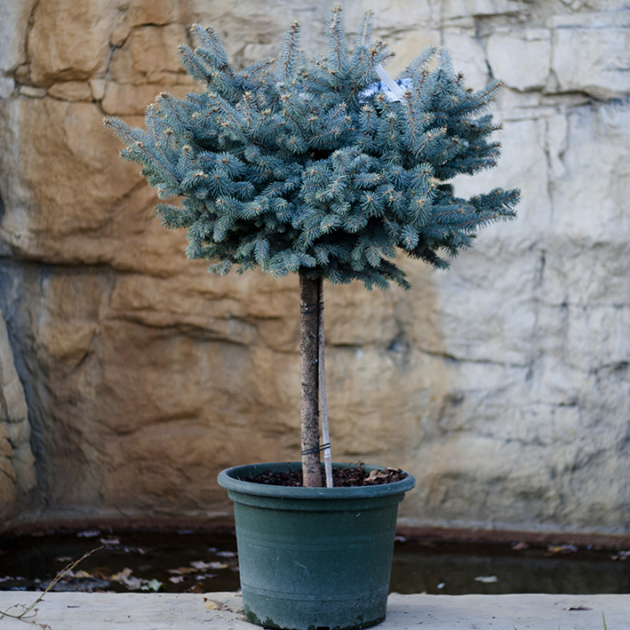
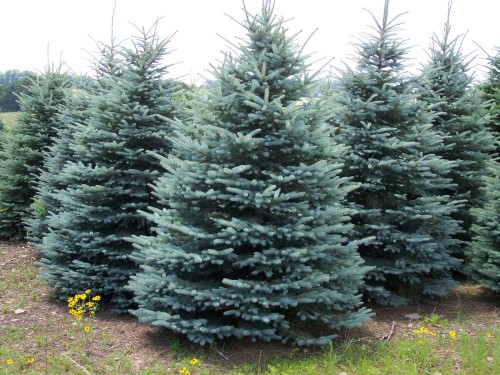
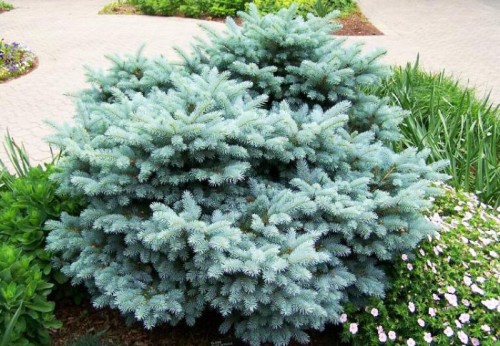
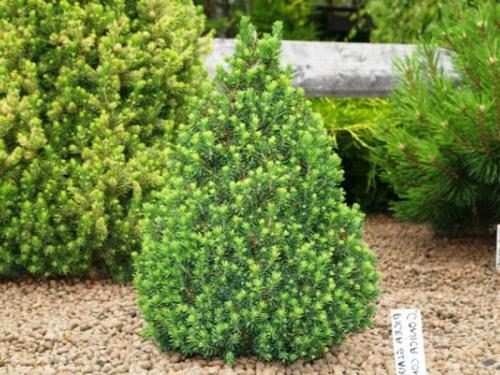
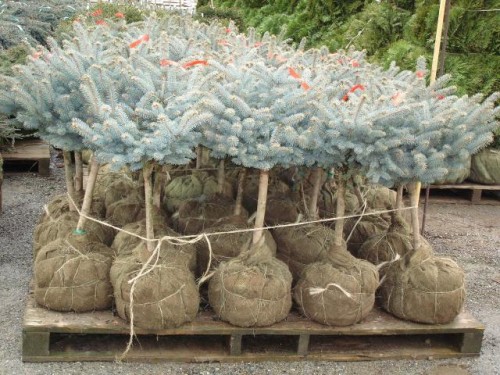
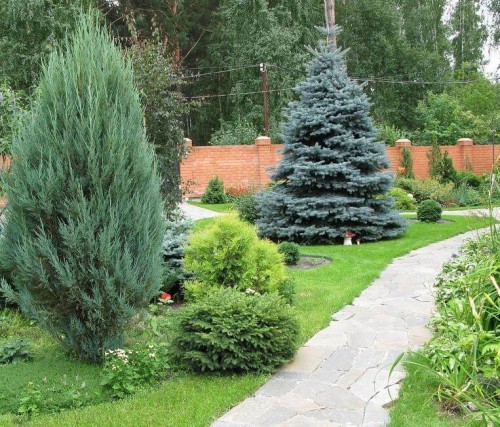
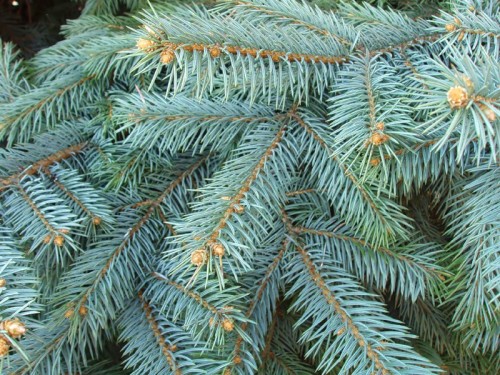
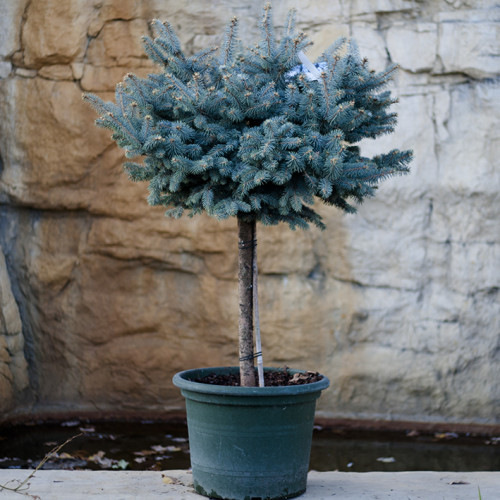
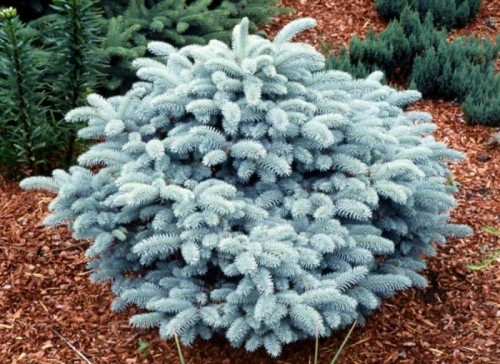
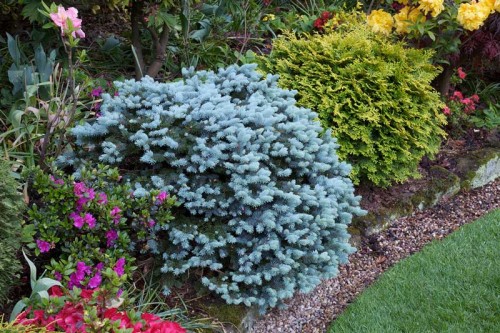
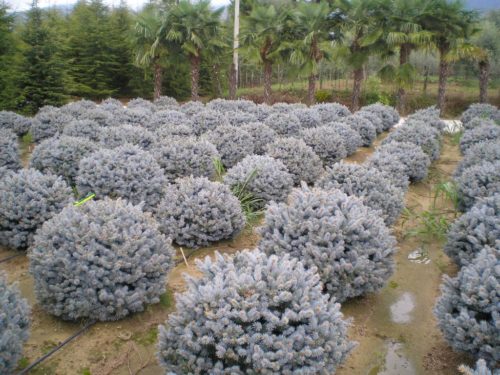
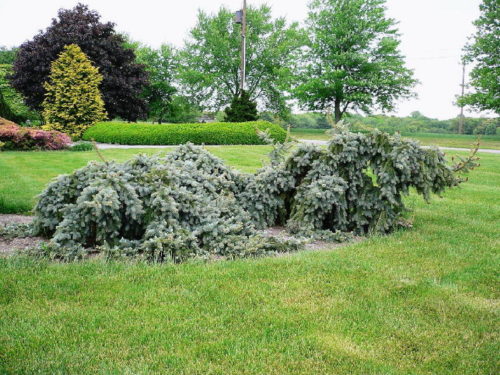












 Start a discussion ...
Start a discussion ...